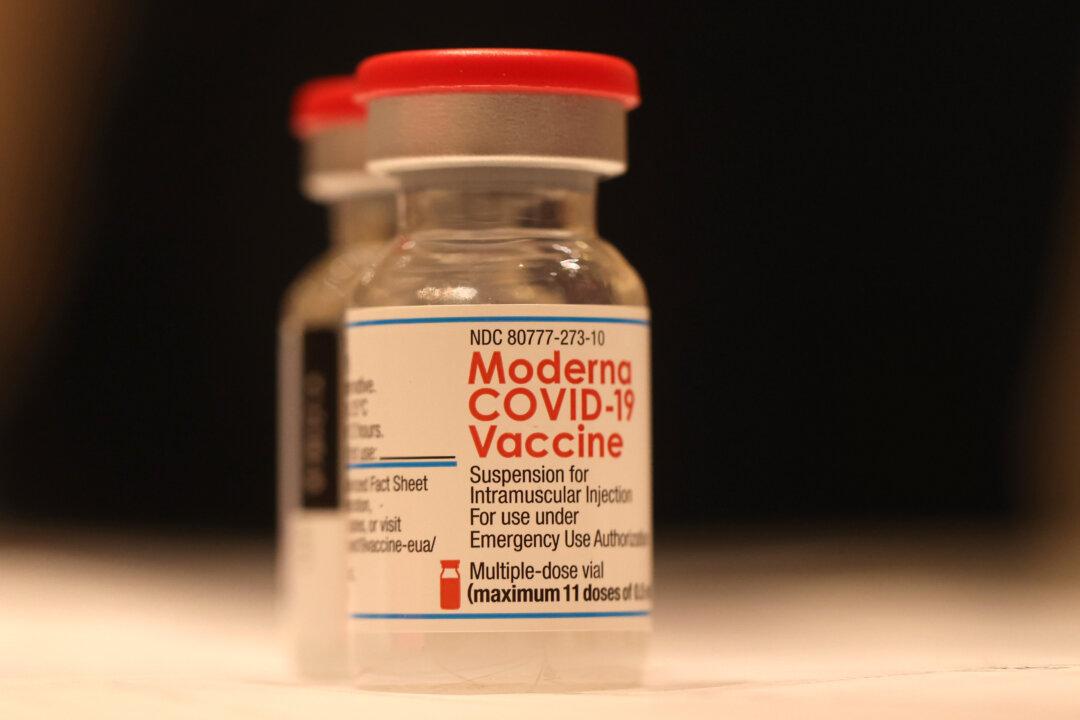Pharmaceutical and biotechnology company Moderna has submitted an application to the U.S. Food and Drug Administration (FDA) for approval of its updated COVID vaccine ahead of the fall, the company announced on June 22.
The company’s latest vaccine—the second update to its original shot—targets the XBB.1.5 subvariant of the virus in line with FDA guidance issued last week advising manufacturers updating their shots to target the subvariant, which became dominant in the United States earlier this year, according to estimates from the U.S. Centers for Disease Control and Prevention (CDC).





